The journey toward becoming a skilled photographer doesn’t take place overnight. And, as if the mechanics alone weren’t difficult enough to grasp, being good at photography also involves developing a sense of creativity and learning all of the artistic elements that go into a picture.
Sure, some people are adept at navigating the camera and its accessories. Others are graced with an eye for composition and naturally pick up the more artistic elements of the trade. However, as David Flores explains, there are a few hurdles that nearly every beginning photographer must understand and overcome:
1. Get to know your camera
Sounds intuitive enough, right? Knowing how to control your camera’s basic functions (think shutter speed, aperture, and color balance) is an absolute must. One hundred percent of the time, taking the time to fully understand the ins and outs of a camera is well worth the time and effort.
Every DSLR on the market today is packed with a plethora of features. If you want to become a better photographer, the first step is to understand the tool you’re using.
2. Choose the right lens
Consider the fact that a lens capable of taking amazing architectural photography may not necessarily take an amazing portrait.
Each lens has its own set of strengths and weaknesses determined by factors such as aperture range and focal length. If you have an image in mind, think carefully about which lens would produce the best possible image.
3. Think about the light
Quite literally, photography means “painting with light.” Never overlook the way in which highlights and shadows interact within your composition.
As photographers, we have the power to manipulate light as we please with the help of strobes, reflectors, and portable flashes. If something doesn’t look quite right, don’t just shrug your shoulders. Take the time to make whatever changes necessary to create the most flattering conditions possible.
4. Use the rule of thirds
The rule of thirds is hammered into the heads of nearly every artist for good reason. Great composition will make things easier for your viewers to understand and, nine times out of ten, create something that’s interesting to look at.
Furthermore, dividing a composition into thirds creates a basic a guideline for where the most important elements within an image should go.
5. Shoot RAW
There’s a time and a place for JPEG files; they’re convenient to use and make the task of delivering images infinitely easier. However, most professionals agree that RAW file formats are best to utilize in-camera.
They capture more information by cropping out less detail contained in the darkest and lightest areas of an image. On the post production end, having a RAW file to work with opens up a slew of editing and enhancement possibilities that JPEG files just can’t match.
It’s true—especially in the field of art—that rules are meant to be bent. Photography is situational, and part of the growing process involves breaking out of the mold. Nevertheless, these basic guidelines are universally revered and applicable to image makers of all disciplines. By following them, you’ll almost certainly begin to see positive changes in the quality of your photographs.
Like This Article?
Don't Miss The Next One!
Join over 100,000 photographers of all experience levels who receive our free photography tips and articles to stay current:
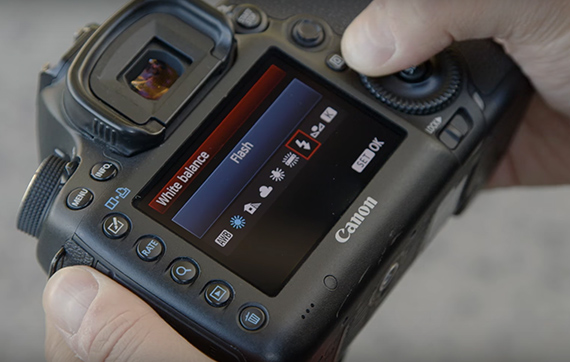
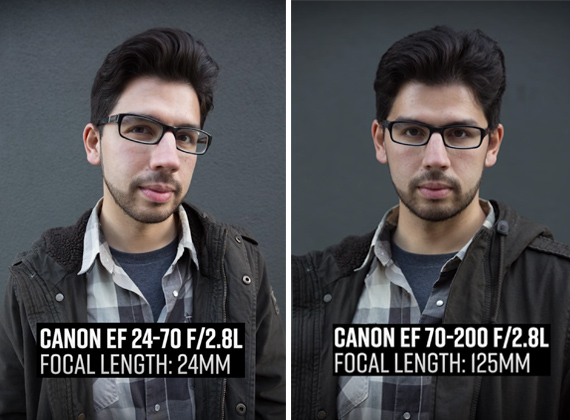
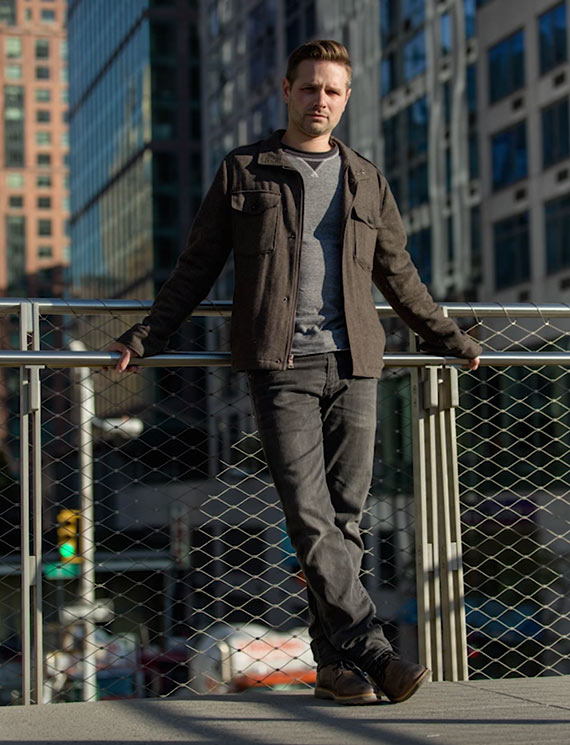

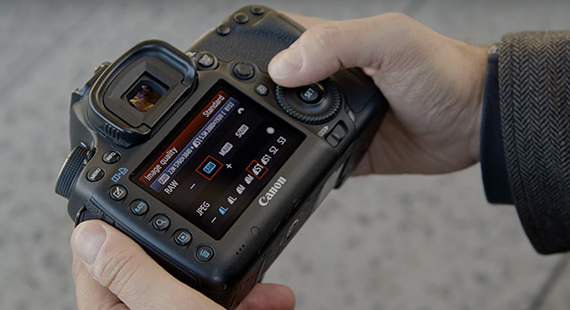




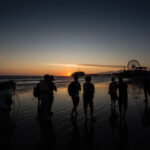

Leave a Reply